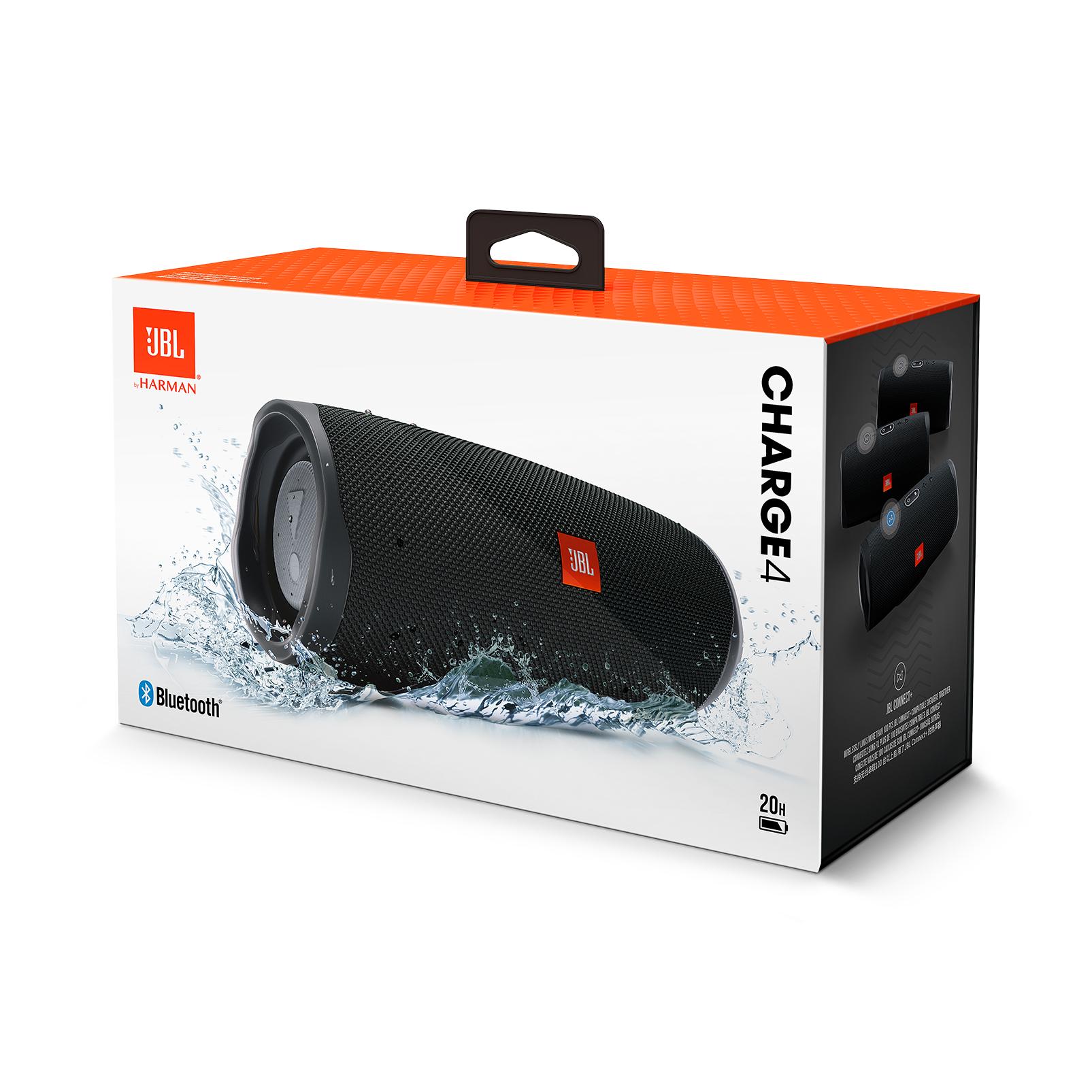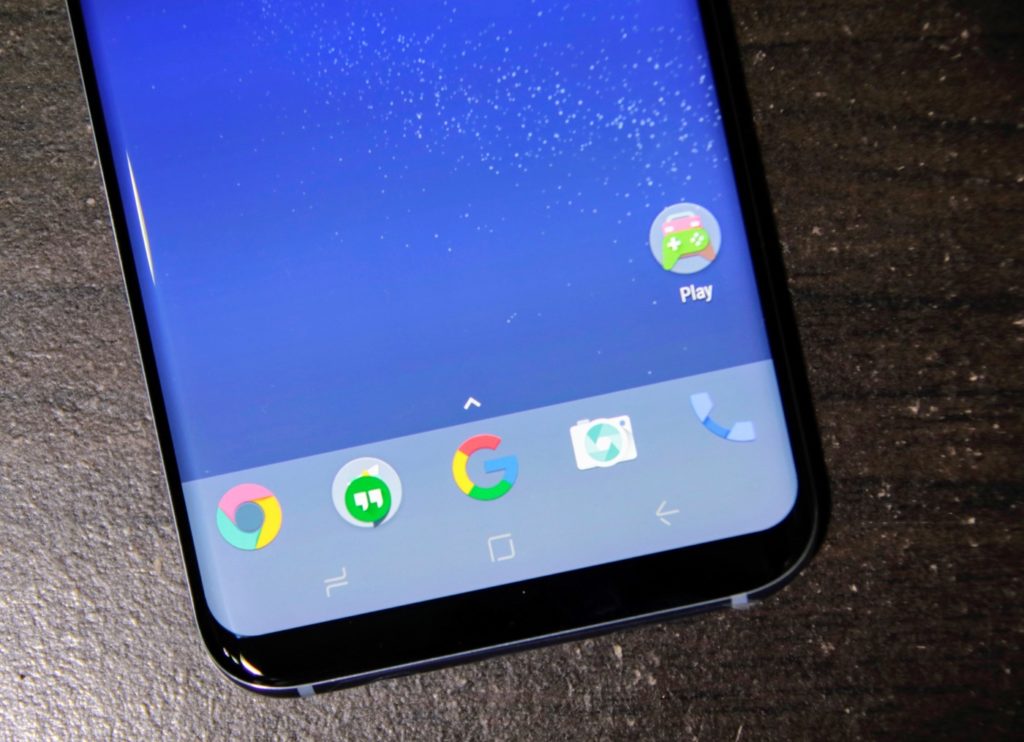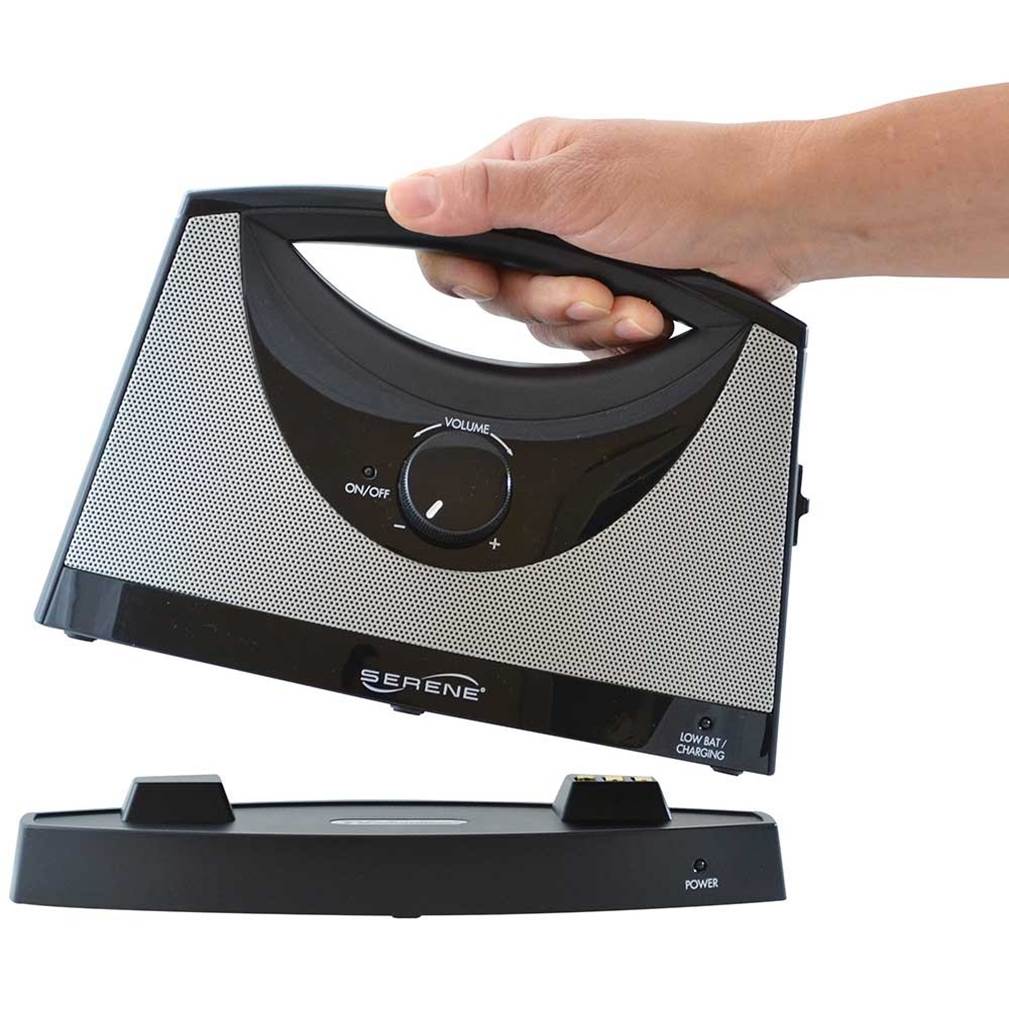
Sonos Roam has been designed as a portable speaker. It has an IP67 dust and waterproof rating. The battery can also last for 10 hours.
There are a few key differences in the speaker's design from other Sonos products. The Sonos Move is slightly bigger, but the Roam is smaller, at just under one pound, and is vertically standing. It also features two ClassH amplifiers and an ovular mid/bass/woofer.
The speaker uses Bluetooth and WiFi connectivity to transmit audio. You can also control your speaker using the Sonos App or voice assistants. Apple AirPlay 2 is compatible with the speaker. This allows you to stream content from Apple devices, and create playlists. Multi-room audio allows you to play the same song in multiple rooms.

The Sonos application can be used for setting up settings such as treble/bass. You can also add the voice assistant of your choosing to your Sonos Account. The speaker's microphone allows you to control the voice assistant. A "product tour" is also available in the Sonos App. This allows you to get acquainted with the speaker and its features.
The Roam can also be used outside as a portable speaker. It's weatherproof and can withstand submersion for up 30 minutes in 3ft of water. Unlike most portable speakers, the Roam is designed to make an impact in any environment.
Sonos Roam supports wireless music streaming services such as Spotify and Pandora, Amazon Music, Google Play Music, and Google Play Music. Multi-room listening options allow you to connect multiple Sonos speakers to your home. The Sonos app allows you to control volume and other settings. The Sonos app has a quick setup feature that allows you to connect the speaker to Wi-Fi.
Bluetooth allows you to play music from the Roam. You can also set up the speaker to automatically tune itself for the room you're in. The speaker has a throw feature, which switches the audio to the nearest Sonos speakers. This feature can also easily be accessed by pressing a button on your speaker.

Auto Trueplay technology is one of the most impressive features of the Sonos Roam. This technology is similar to the Trueplay feature found on the Sonos Move. It automatically tunes the speaker to your environment and listening position. It can also correct for obstacles. When you move the speaker, it recalibrates itself and makes sure your audio sounds perfectly. This makes the speaker sound fantastic, especially for outdoor listening.
Sonos Roam is an excellent addition to the Sonos family. It is easy to use, has great sound quality, and has a unique design that will be a big impact in any setting. Sonos' app is very user-friendly. It makes it easy to set up your speaker and personalize its sound profile.
FAQ
How many speakers do I need for a good surround sound system?
There's no one answer. It depends on what kind of audio content you listen to the most. You will only need one speaker if you listen to music mostly through headphones.
You might also need four speakers if you enjoy watching movies.
It also depends upon the size of your space and whether or not it has acoustics problems. Speakers will be more useful if there is a lot of space.
You'll need as many speakers as you want, depending on what type of speaker. Smaller bookshelf speakers will work in small spaces, while larger floor-standing towers can be used for larger areas.
What sound system can you use to listen to music best?
We've heard a lot about the Bose QuietComfort 25 recently. We love our Beats headphones as well and have used them since years. Which are we more fond of?
How much you are willing to spend on audio quality and comfort will determine the answer. If money is not an issue, the Bose QuietComfort might be the best option. If comfort is your priority, the Beats might be worth looking at.
In either case, there are plenty of excellent options out there. For example, the Sony WH-1000XM3 noise-canceling wireless headphones are very popular now.
However, no matter what set you choose to purchase, ensure that you get the best value for money. Consider headphones with long battery lives. Remember that wired headphones are more durable than wireless headphones because they don’t need batteries.
What are the different types?
There are four main types of speakers: bookshelf speakers, center channel speakers, subwoofers, and tower speakers. Each one has its pros as well as cons. These are some of the major differences among these speakers.
Bookshelves speakers look very similar to traditional bookshelves. They usually sit on top of a surface, such as a table or a shelf.
The center channels are smaller versions full-size speaker cabinets. They are usually placed on the ground next to your recliner or couch.
Subwoofers are designed to produce deep bass sounds. They are often only noticeable when people turn up their music to a higher volume.
Tower speakers can be large boxes that stand on their feet. They can be used to create powerful audio across large areas.
You can combine as many speakers as you like into one system. To create a louder, better sound, it is not unusual to add multiple towers.
How do you set up a home theatre system?
Understanding how sound travels and interacts with objects is a good place to start. This includes understanding how much bass, tone, and midrange frequencies are found in each object.
The best way to determine this is to listen to music on various devices and make a note of which ones produce the most noticeable distortion.
Once you have determined the distortion levels of each device's audio, you can better decide where to put speakers.
The general rule of thumb is to place them closer together. This will result in less distortion and greater fidelity. You should also keep in mind the space between them.
For a more immersive experience you might consider placing multiple speakers in the same room.
You can go an extra mile and surround your self with speakers.
There are two main types, active and passive, of speaker systems. Passive systems consist primarily of a subwoofer along with a few smaller speakers that are scattered around a house.
They are usually easier to put together because there aren't moving parts. If they are too close together, however, they can easily distort.
Active systems are composed of a large, mounted woofer directly beneath a TV screen. These speakers can produce the best sound quality, but they are expensive and not practical for most homes.
An alternative is to purchase a receiver which connects passive and active speaker. These receivers are equipped with amplifiers to ensure the audio signal is received evenly by all speakers.
However, receivers can be costly so don't expect to replace your entire set.
It doesn't matter which type of speaker system it is, you need to make sure it's correctly installed.
Ask someone who is able to help you if this is something you don't know!
What is better a 5.1 system than a soundbar or a soundbar?
The answer is both yes and no. It will make home theatre more immersive for most users. You won't be able enjoy watching movies from bed, however.
Home cinema equipment requires a large space. To make it possible, you'll need to invest a lot in space and money.
You don't have to spend a lot of time or effort to achieve the same result.
An alternative to projecting images directly onto the screen, you could use a projector-based setup.
This will mean that you don't have to buy a large TV. Instead, you can choose to have smaller TV screens.
You can also install speakers in the corners of the room. These speakers will let you play music and video without disturbing anyone.
With a soundbar, you can do pretty much everything. But if you want to immerse yourself in a movie, you'd probably need a full home cinema setup.
What do I need to connect my home theater to the internet?
The internet has changed modern life in a big way, there's no question. It allows us to communicate with one another, shop online for products, watch videos, play video games, and read books.
Many people today believe that the Internet is crucial to their daily lives.
A router is necessary if you want to connect your home theatre to the internet. A router lets you connect multiple devices to one internet connection.
A router can also be used to extend the reach of your computer, smartphone or tablet, as well as your smartwatch and game console.
You can also use a router to extend the range of WiFi signals throughout your house. You don't have to worry if you have weak connections in particular areas of the house.
Routers are generally very affordable. There are many streaming services available for routers, including Netflix, Hulu. YouTube, Amazon Prime Video and HBO GO.
If you don't have a router yet, most routers today will work perfectly with your home theatre.
Make sure your router supports HDMI 2.0a, also known as High-Definition Multimedia Interface. This standard supports high quality content such as Blu Ray discs or Ultra HD Bluray discs.
Most routers now support this standard. You can verify that your router supports HDMI 2.0 by reviewing the specifications sheet.
It is also important to check whether your router supports Ethernet-over-power. If your router supports Ethernet over Power, you can connect your TV directly with the router via ethernet cables.
This could increase your signal's speed.
If you have limited internet access and live in an apartment, your router might not work at its best.
If you're interested in a router that lets you stream media from services like Netflix, you'll probably want to go with something that supports HDMI 2.0.
Is JBL comparable to Bose in quality?
As I stated earlier, our culture has taught us that the best sound system can be the most expensive. When it comes to sound quality, however, nothing beats a great pair of headphones for a low price.
JBL makes a lot of noise about how better their speakers are than any other manufacturer, but the sound quality isn't quite as impressive for my money. Best Buy will let you hear the difference between a $50 speaker and a $1000 one.
The $2000 set sounds better because it has more power, producing louder volume levels. Problem is, the mids and highs don't sound as crisp as the $50 set.
I'm sure that JBL would argue that their speakers produce higher volume levels and therefore are more powerful. Comparing them side-by side, you'll see that the $50 set has a better bass response.
The $50 set is made from cheaper materials. The $50 set's low frequencies are much more transparent and gentle than the $2000 one. This allows the $50 set to produce lower volumes without sacrificing sound clarity.
The $50 set sounds amazing, and you might even be fooled into thinking that it is twice as expensive.
Another reason the $50 set sounds better is the price. It is affordable, so you can purchase multiple pairs and try different types of music.
This allows you to find out which type of music suits you best. If you are a fan of classical music, it might be that you don't like rock.
The $50 set is great for hip-hop fans. It's like having a personal DJ in your home.
So next time you visit Best Buy, check out the $50 models and see what kind of music you prefer. Then you can start saving up for a real stereo system.
Statistics
- As of winter 2017, it is estimated by NPR and Edison Research that 39 million Americans (16% of the population over 18) own a smart speaker. (en.wikipedia.org)
- free shipping Samsung Promo Code Take 45% off with a Samsung promo code during Black Friday (wired.com)
- $10 off TurboTax Premier Service code 2022 H&R Block Coupon 20% (wired.com)
- According to a study released In March 2020, the six biggest tech development companies, Proceedings of the National Academy of Sciences of the United States of America (en.wikipedia.org)
- 10% off all sitewide purchases + (wired.com)
External Links
How To
How can wireless speakers be powered?
There are two types: battery-powered and plug in powered wireless speakers. Both require power from an external source. Powering them is easy because there is usually a wall socket nearby. However, wireless powering them requires planning.
The power source for wireless speakers is usually solar panels or batteries. These devices can only operate within a limited range so they must be near a charging station. Your device will lose power if it is moved away from its charging station.
The best way to avoid this problem is to design your home entertainment system to run on rechargeable batteries. These devices can last longer than standard batteries, and they are much easier to set up.
This setup allows you to position your equipment anywhere you want. You could place your system near your bed so you can listen to music as you sleep. Mount your speakers underneath your cabinets and you can listen to music while you cook.
Plan how long each component takes to charge. This will ensure that your system runs smoothly. The charging time for an amplifier might take three hours, while that of a Bluetooth receiver may only take 30 minutes. Make sure you account for any downtime during this time.
You can also use a combination of both wired and wireless components. The wireless transmitter allows you to position your speakers anywhere you like.
The best rule of thumb is to always buy products that work together. For example, consider buying an amplifier and Bluetooth receiver simultaneously. For maximum benefits, they should fit into each other's slots.